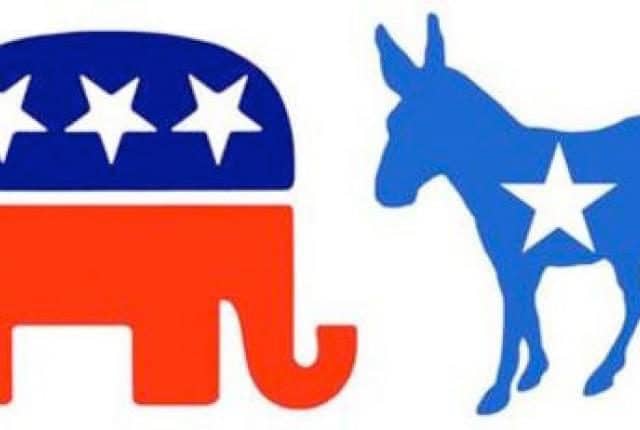5. Political Animals

While on the subject of American symbols, let’s take a look at the country’s two political “mascots”: the Republican elephant and the Democratic donkey. Both appeared during the 19th century, but the donkey was first with Andrew Jackson, the democratic presidential candidate in 1828, who was oftentimes called a “jackass” by his opponents. Knowing how to cleverly turn things around, Jackson used the jackass in his campaign posters. With it, he was able to win the elections and become the first Democratic president in the country’s history. During the 1870s, Thomas Nast, a famous cartoonist, popularized the donkey and made it a symbol for the entire Democratic Party.
Abraham Lincoln was the first Republican president in 1861, six years after the party’s creation. But the elephant didn’t start with him, even though “seeing the elephant” was a phrase commonly used by soldiers during his time to mean experiencing combat during the Civil War. In 1874, Thomas Nast made another political illustration entitled “The Third-Term Panic.” This was meant to satirize President Ulysses Grant’s rumored third bid at the presidential seat. In the cartoon, Nast portrayed various newspapers and interest groups as animals, including a scrambling elephant labeled “the Republican vote”, which was shown over a pit partially covered with broken planks called Inflation, Repudiation, Home Rule, and Re-construction. Over the following years, the cartoonist used the elephant to depict the Republican Party several more times, so that by 1880 it had become its symbol. Today the Democrats say the Donkey is smart and brave, while the Republicans say that their Elephant is strong and dignified.




































Discussion about this post